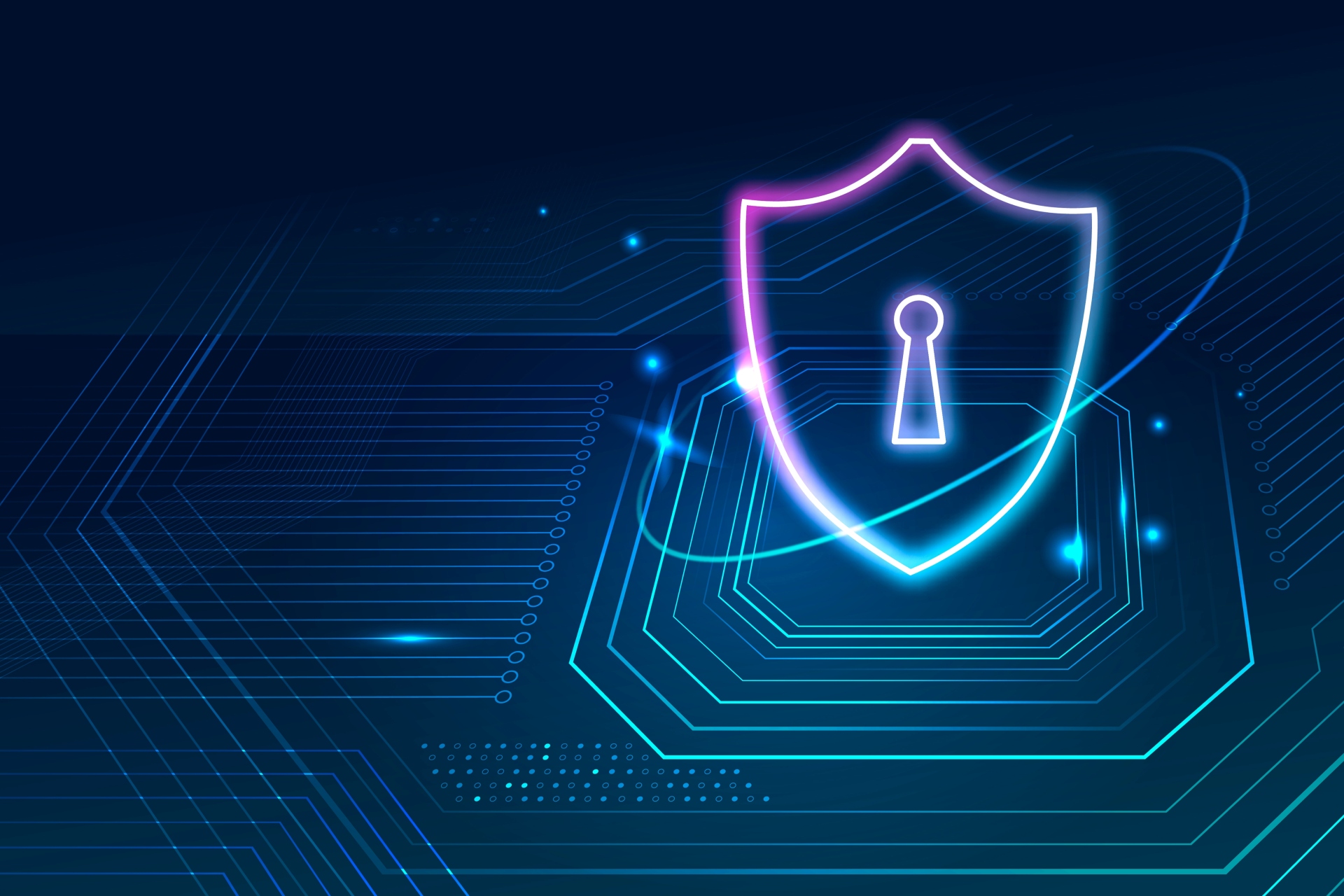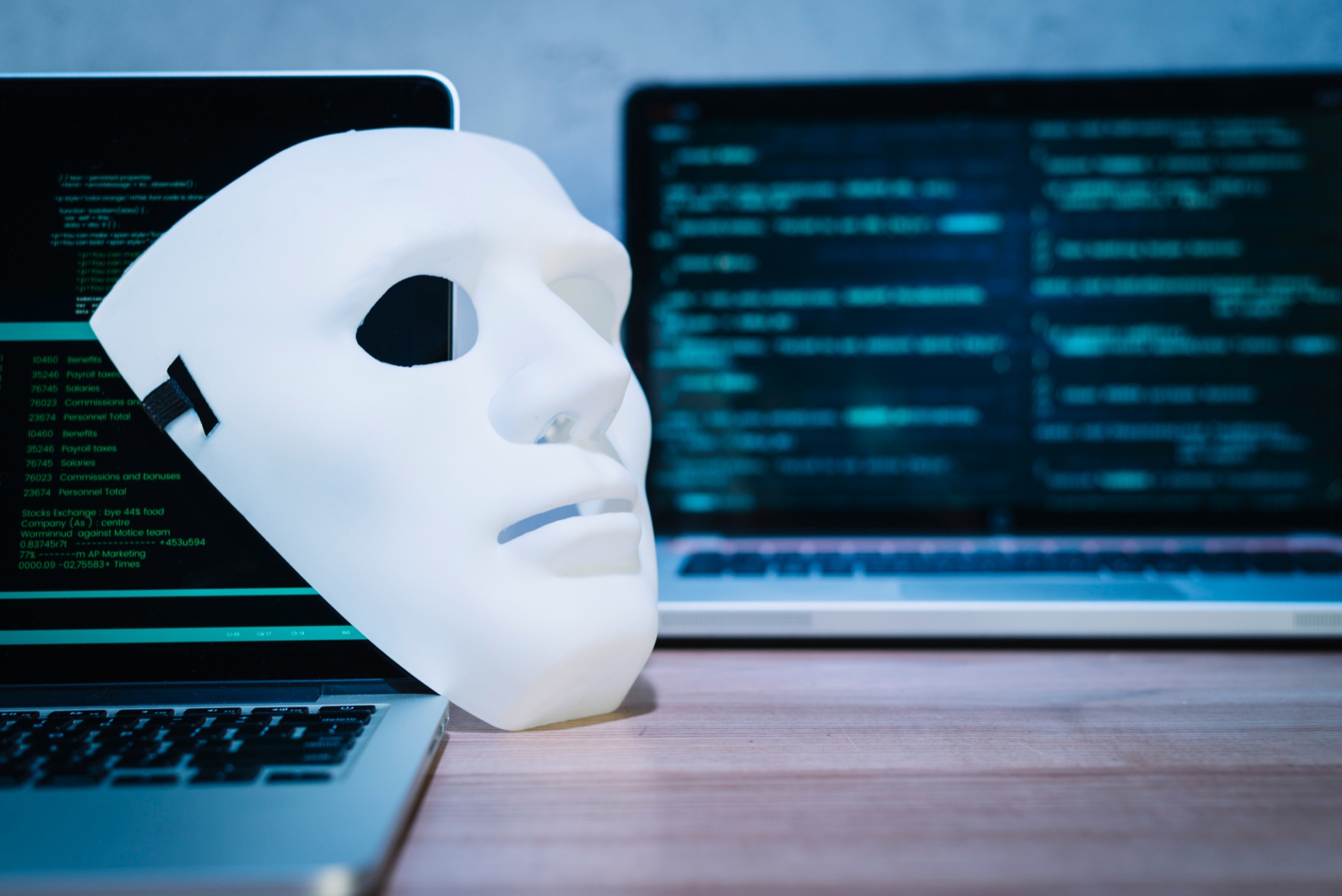When it comes to digital assets, the excitement and potential for financial gains are countered by the harsh reality of cybersecurity threats. The importance of safeguarding digital assets has increased exponentially with the rise in popularity of cryptocurrencies such as Ethereum and Bitcoin. Let us take a look at some of the cybersecurity risks that the cryptocurrency industry faces and see how you can fend them off in 2024.
Background and Importance
It’s amazing how quickly cryptocurrencies are gaining popularity. Digital currencies have gained significance as an investment choice with the launch of Bitcoin in 2009 and the subsequent proliferation of other cryptocurrencies. Though inventive, cryptocurrency’s decentralized structure carries several significant concerns.
Overview of Cybersecurity in Crypto
The application of cybersecurity to the growth of cryptocurrencies means safeguarding digital assets from the risk of theft or fraud. Crypto security involves measures of protecting private keys, the exchange platform, and the blockchain network. The threats and risks within the cybersecurity arena are multiple in crypto ecosystems. It applies to all participants, including normal users, big investors, and firms offering services.
Some of the past incidents include Mt. Gox, which was attacked in 2014, and BTC worth $450 million was stolen. Such occurrences highlight the vulnerability of the exchanges that allow the trade of cryptocurrencies. But only because the targets of the attacks have gotten more complex over the years. In this case, it would be hackers who are employing new tactics to overcome security measures.
As a result, some security-enhancing tactics and technologies have emerged in the industry to meet these rising threats. Multi-signature wallets, hardware wallets and decentralized exchange platforms are some of these developments aimed at reducing fraud and theft. Moreover, the global regulation of exchanges and service providers is also being strengthened to ensure that providers implement secure standards. Doing so will increase people’s trust in the cryptocurrency market, including the various companies within it.
Latest Threats in the Crypto Space
In 2024, new malware strains that target cryptocurrency wallets have surfaced. These dangerous apps can take private keys out of hacked devices, which might result in financial loss. Phishing attacks are also on the rise, in which con artists use phoney emails and websites to deceive victims into disclosing personal information. Attackers are increasingly using social engineering techniques which involve posing as reliable organizations to obtain access to digital assets.
Recent high-profile attacks provide a reminder of the crypto ecosystem’s weaknesses. For example, around 120,000 Bitcoin was stolen during the Bitfinex attack in 2016. These hacks frequently use complex techniques, such as using insider information or taking advantage of flaws in multi-signature wallets. The impact of these breaches is significant. Thus causing substantial financial losses and undermining trust in cryptocurrency exchanges.
Strategies to Combat Cybersecurity Threats
Modern encryption methods are essential for protecting digital assets. An additional degree of security may be added by using multi-signature wallets, in which authorization of a transaction requires several keys. Solutions for cold storage, which maintain private keys offline, are similarly successful in thwarting illegal access.
Regulations are being established in 2024 to improve cybersecurity in the cryptocurrency industry. To create rules and regulations for protecting digital assets, governments and international organizations are working together. Mandatory security audits and adherence to data protection regulations are two examples of these procedures.
Finding and fixing vulnerabilities requires regular penetration tests and security audits. Common security issues may be avoided during software development by using secure coding methods. To safeguard their platforms and users, exchanges and service providers are urged to implement these best practices.
Best Practices for Protecting Digital Assets
People need to give their cryptocurrency wallet security priority. Enabling two-factor authentication (2FA) and creating strong, one-of-a-kind passwords can help lower the chance of unwanted access. An extra degree of security may be achieved by storing private keys in offline hardware wallets.
Tight security guidelines should be followed by exchanges and cryptocurrency service providers. To protect digital assets, this entails conducting routine security audits, putting in place access restrictions, and providing custodial services. Moreover, insurance helps lessen the financial damage from such breaches.
It is essential to inform users about potential risks. The exchange of knowledge and resources among members of the crypto community is essential for improving collective security. Informing consumers about frequent scams and security procedures might assist them in making wise judgments.
Future Trends and Predictions
Major technological improvements are expected to play a major role in cybersecurity in the cryptocurrency field in the future. More advanced security procedures and improved encryption techniques are expected. But there will also be new risks and weaknesses that appear, necessitating constant watchfulness and adjustment.
Machine learning (ML) and artificial intelligence (AI) will be essential tools for identifying and averting online threats. By analyzing trends and spotting abnormalities, these technologies make proactive security measures possible. However, the emergence of risks driven by AI also brings up new issues that require attention.
Conclusion
Cybersecurity risks are common in the cryptocurrency industry and can result in significant financial losses. Protecting digital assets requires an understanding of these dangers and the implementation of strong security solutions.
Cybersecurity needs to be a top priority for people and organizations using cryptocurrencies. Keeping up with the most recent dangers and using best practices will aid in risk mitigation. Proactive actions and ongoing learning will be essential in protecting investments and guaranteeing the integrity of digital assets as the crypto ecosystem develops.
And where your cryptocurrency will be in order and under full control, it is the HiRiBi exchanger! And this fact has been proven by more than one year of work and thousands of satisfied customers.





Most commented